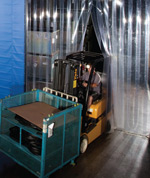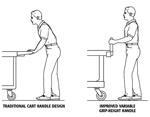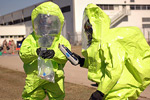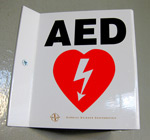
By Matt Fleckenstein
Ensuring food quality and safety oft en means the need to alter the physical space in plant or warehouse facilities, especially when temperature and humidity control is at stake. It's an unfortunate prospect for many because the traditional way of thinking is to take on costly and time-consuming construction projects involving solid insulated walls and/or rigid panelized structures.

By Jenn Schneider
You're in the market for a material handling product, something that can help your employees move those loads quickly and safely. You surf the Web and flip through catalogs, but how do you start to narrow your choices? The same way best-in-class manufacturers create innovative products: research, testing, and knowledge.

By G. C. Shah
Process Hazard Analysis (PHA), a regulatory requirement under OSHA's 29 CFR 1910.119(e), is a collection of methodologies to address process hazards. Societal and technological changes are affecting sources, intensity, and frequency of hazards. For instance, digital controls and smart instruments have reduced maintenance requirements inherent with analog instruments.

By Jerry Laws
Almost every workplace has a fire extinguisher. Quite a few are equipped with automated external defibrillators. A few suppliers of emergency oxygen units and kits are hoping to see those products someday gain a foothold comparable to AEDs, and possibly even comparable to extinguishers.
By Nella Letizia
OSHA and other federal agencies track electrical accidents of all kinds, but not arc flash incidents specifically. The Institute of Electrical and Electronic Engineers (IEEE) and the National Fire Protection Association (NFPA) are working to change that through a collaborative research project to conduct extensive testing on arc flash. At present, only data on all electrical accidents are available.
By Robert Pater
Strongest leaders know that real Safety
goes beyond what you think or say; it’s
revealed when there’s no time to think.